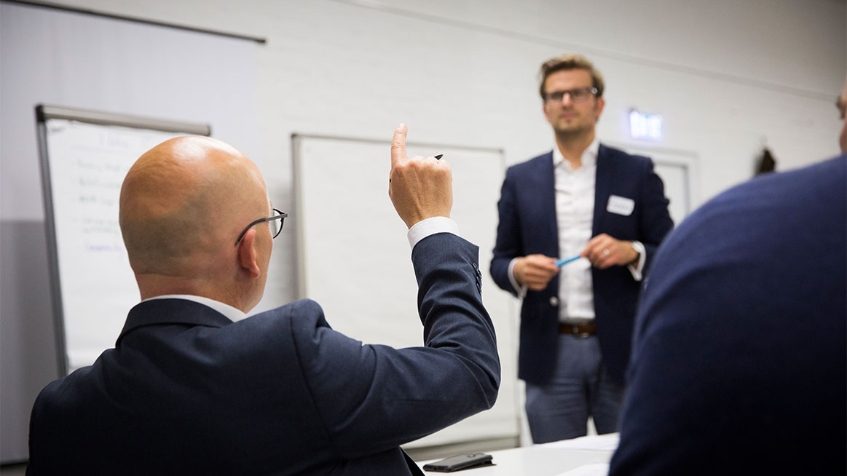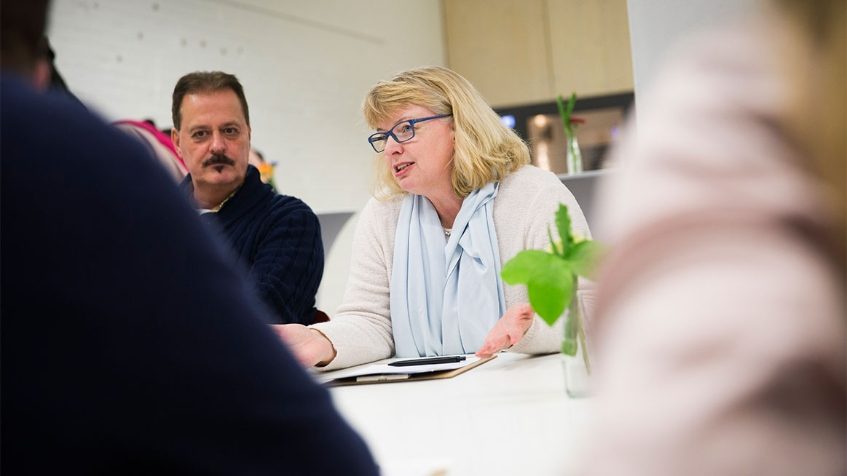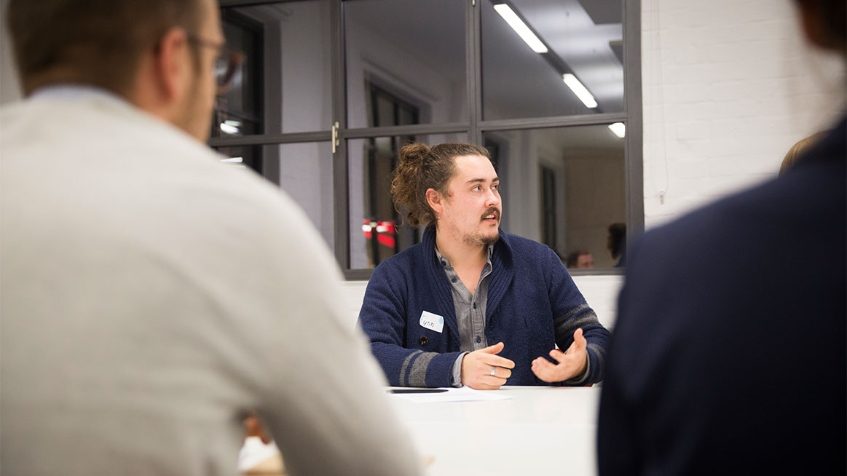MOIA and the new mobility: customers participate in shaping the service
A new way of moving around cities, within reach of everyone: this is the goal of MOIA, the Volkswagen Group’s mobility services provider. To do this, users must be able to participate in shaping the service with their own ideas.
What is MOIA?

MOIA is the Volkswagen Group’s subsidiary focused on the on-demand mobility market through ride pooling. This is how it works: users specify their destination and where they would like to be picked up on an individual basis – as with a taxi. Unlike a taxi, however, they travel together instead of alone, sharing the vehicle: an algorithm is responsible for organizing the route by combining similar routes. This reduces exhaust gases, frees up parking spaces and reduces traffic. Behind the wheel of MOIA vehicles are professional drivers to guarantee comfort and safety at all times
The principle behind MOIA

Everyone should be able to reach their destination quickly without having their own car: This is the principle behind MOIA, a genuine democratization of mobility. The first step is testing demand for the service, functionality and the algorithms for route calculation in the urban areas. This phase took place in Hanover, and after four weeks’ operation and over 15,000 journeys on the roads of the Lower Saxony state capital, MOIA invited around 30 of the almost 2,000 testers to the Schwanenburg to give their feedback. They were asked about the quality of the service, the functionality of the app, and for details on what could make the journey even more comfortable?
MOIA in Hamburg: Objective 2018
In the second half of 2018, MOIA would like to begin operations in Hamburg. “Feedback from the co-creation process is essential for this and will be taken into account,” said Michael Fischer, the company press spokesman. A tester who had already used the service 120 times in just one month described her first impression: “It is a feeling of real luxury. The journey is pleasant and safe and you get from A to B quickly.” What’s more, “There is plenty of space because you have your own seat.” The other MOIA users were in agreement. Fischer took detailed notes on everything. “Unlike other providers, we do not want to confront the market with a finished product which we then develop without taking into account the needs of customers.” Among the negative aspects uncovered, the real reason the company conducted the survey, was the risk that the service was not suitable for travelling to work.
The possible solutions come directly from the passengers
During the discussion, the MOIA users directly proposed possible solutions for the planning problem. For example, a pre-booking service where passengers can specify the arrival time. At the moment, the app does not offer this facility – cars must be ordered in real time.
MOIA looks towards young people

Another interesting fact come out of the discussion sessions was how popular the service offered by MOIA is with the youngest users. Sarah von Hören, a media management student, said she was “very interested in design thinking” and that it was “really exciting to be involved in the design process at such an early stage”. She finds the service “safer than the bus and train or a taxi”. However, she would like to see “some sort of emergency stop button in case something should happen”. She also suggested having more USB sockets, ideally at each seat, “in order to charge smartphones and tablets.” Fischer is happy with how the evening went: “I was particularly interested to hear that a lot of parents use MOIA together with their children. We previously thought that we would need to do a lot more to convince them. Naturally, we are really pleased that the service is so popular with this group of customers”.
Source: Volkswagen AG
